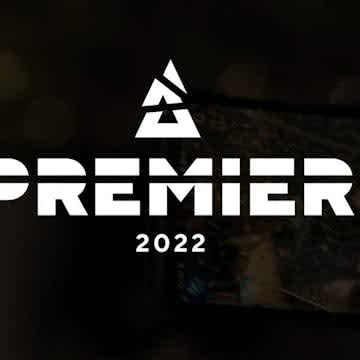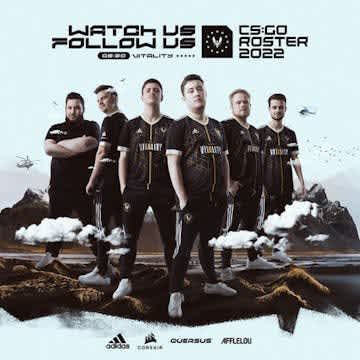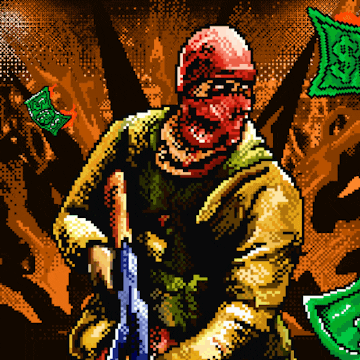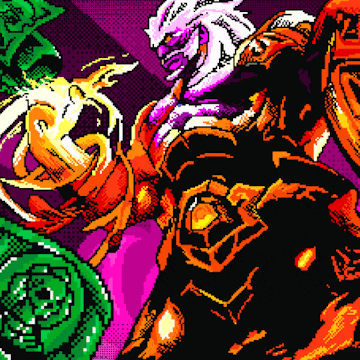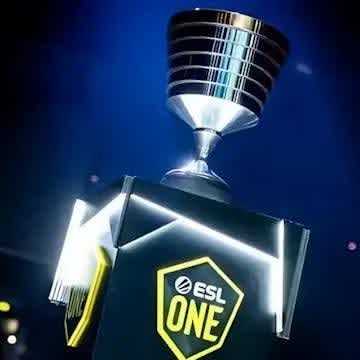Five problems with the new Blast Premier format
Perhaps the biggest controversy of the recently concluded BLAST tournament was the repeated rematches between NIP and Na’Vi, but it isn’t the only issue with this new and wholly underwhelming Groups format. Here are the problems and how they could be changed.
The return of dreaded best-of-ones
No one interested in elite-level competition would choose a best-of-one match over a best-of-three. Though best-of-fives can stretch the teams’ map pools past their breaking point, producing one-sided affairs, having to go for two out of three has proven to be the best way to separate the wheat from the chaff while still leaving some upset potential in the mix.
This potential is way too high in best-of-ones. No team will get to play the maps they’re comfortable on, and the vetoes will inevitably gravitate towards more vanilla affairs like Inferno or Mirage, sometimes to a ridiculous extent. What other choice do the teams have, though? The starting side can also have an outsized effect on a map like Nuke, where your comeback potential is instantly neutered if you’re starting on the wrong side, with no mitigating circumstances offered later in the series.
It’s just a lesser experience (and especially pointless in an online tournament from a viewer’s perspective) than its best-of-three counterparts. The only saving grace here is that the group stage results are mostly irrelevant in the end when it comes to the ultimate outcome of the tournament – which is, of course, a problem in and of itself.
Irrelevant group stages and super-low stakes
It was really frustrating to see BLAST take a League of Legends-like approach to their tournament this year, with a plethora of best-of-ones peppering group stages that are ultimately irrelevant apart from seeding purposes. We’ve seen just how little Na’Vi’s ultra-poor start mattered in the end, with the CIS side still finishing ahead of each of the teams they’ve lost to in the groups and the play-in stage.
It begs the question: what was the point of watching the first portion of the event? With very little money on the line (a paltry $27 500 offered to the winners), half of the participating teams earning a spot at the Spring Finals, and all the rest staying alive in the competition through the Showdown route, there’s just not a lot of meaning to these matches we’ve seen.
The fact that we had so many new lineups and players to appreciate certainly added a lot of shine to the event, especially as one of the first CS:GO tournaments of the year. However, it’s no surprise that the peak numbers weren’t record-breaking even though the overall view time was up because there really wasn’t anything here to get excited about. The fact that the best-performing teams were hardly on air also didn’t help things.
We don’t get to see enough of the best teams
Isn’t it just the stupidest thing that we only got to see four series from OG and FaZe, three of them best-of-ones? It’s the same as the three North American teams who were sent home at the earliest opportunity. Normally, you’d see the best teams all throughout the bracket, performing deep runs and developing storylines around themselves. Instead, supporters of the on-fire teams were treated to as little gameplay as possible from the object of their fandom, which seems like an oddly backwards choice. Getting a freebie round in a double-elimination bracket is normal, but dropping a team straight into what are essentially the upper bracket finals? That’s just odd, especially with 12 participating teams.
The rest of the teams formed the meat of this particular sandwich then, brawling it out for a set of spots in the middle of the bracket. Though it’s not guaranteed that the group stage winners will immediately punch their ticket to the seasonal Finals (and it did take G2 a second stab to get it done), even the Kast Chance matches turned out to be controversial and somewhat annoying in the end.
Repeated matchups where only the last result matters
What’s more mind-numbing than best-of-one CS:GO matches? Repeated series over and over again! The back-to-back matchups between Ninjas in Pyjamas and Natus Vincere turned out to be by far the most farcical part of this competition, and it was just the luck of the draw that we haven’t had other such matchups in the tournament.
Ultimately, Na’Vi won two series at the tournament out six and still qualified for the Spring Finals at the expense of NiP, who also went 2/6, having beaten s1mple and co. at the first time of asking. There’s no metric by which the CIS side was more deserving of qualification, except for time as a linear construct.
No open circuit spots
Twelve teams, all partners, previous performances and global rankings be damned: it may be interesting to watch teams like EG and Complexity now at the beginning of their projects’ life cycle, but when and if their repeated underperformances come at the expense of what could be a Gambit or a Heroic at the tournament, things will simply become annoying.
CS:GO esports and its fabled open third-party tournament circuit has mostly transformed to the usual walled garden-style setup over the last few years, with ESL consolidating most of the calendar (something which will no doubt become even more overwhelming after their merger with FACEIT). The limited options for new teams and talent to emerge is one of the saddest parts of what’s been happening in the scene as of late. The fact that this tournament doesn’t offer a single spot to non-partner teams (not even via a play-in or anything) is very disappointing.
Having said all that, BLAST still clearly dominates the broadcast and production part of the business, and the consistent and tangible improvements in their esports offerings are to be commended. However, this format is almost as bad as the old BLAST Pro Series events’ were, and their events in 2022 may not pack the punch they otherwise could if they decided to stick with this rigid mess.


